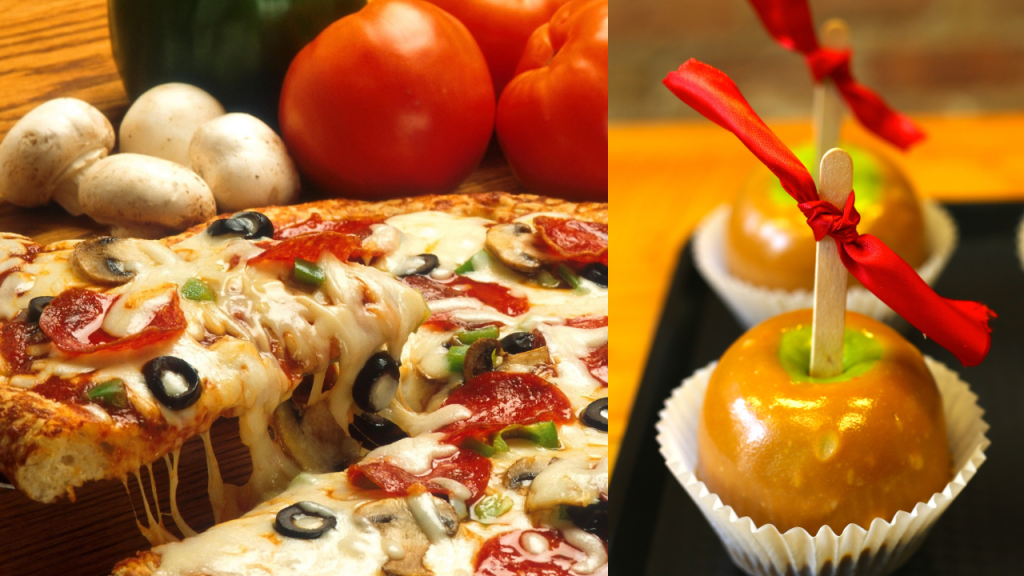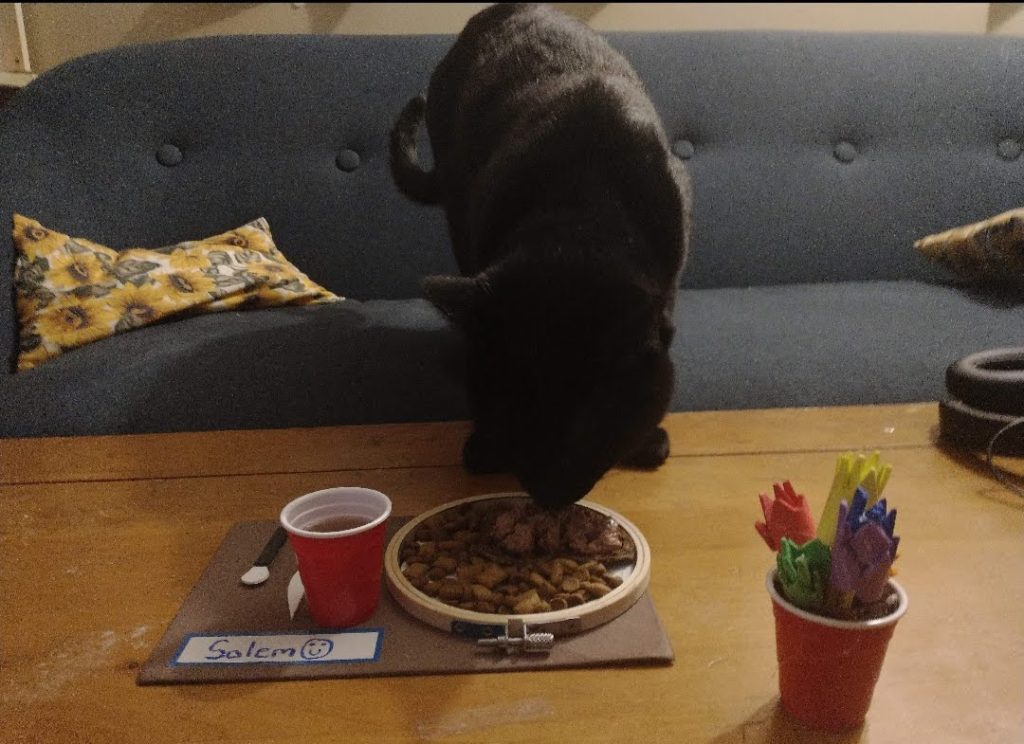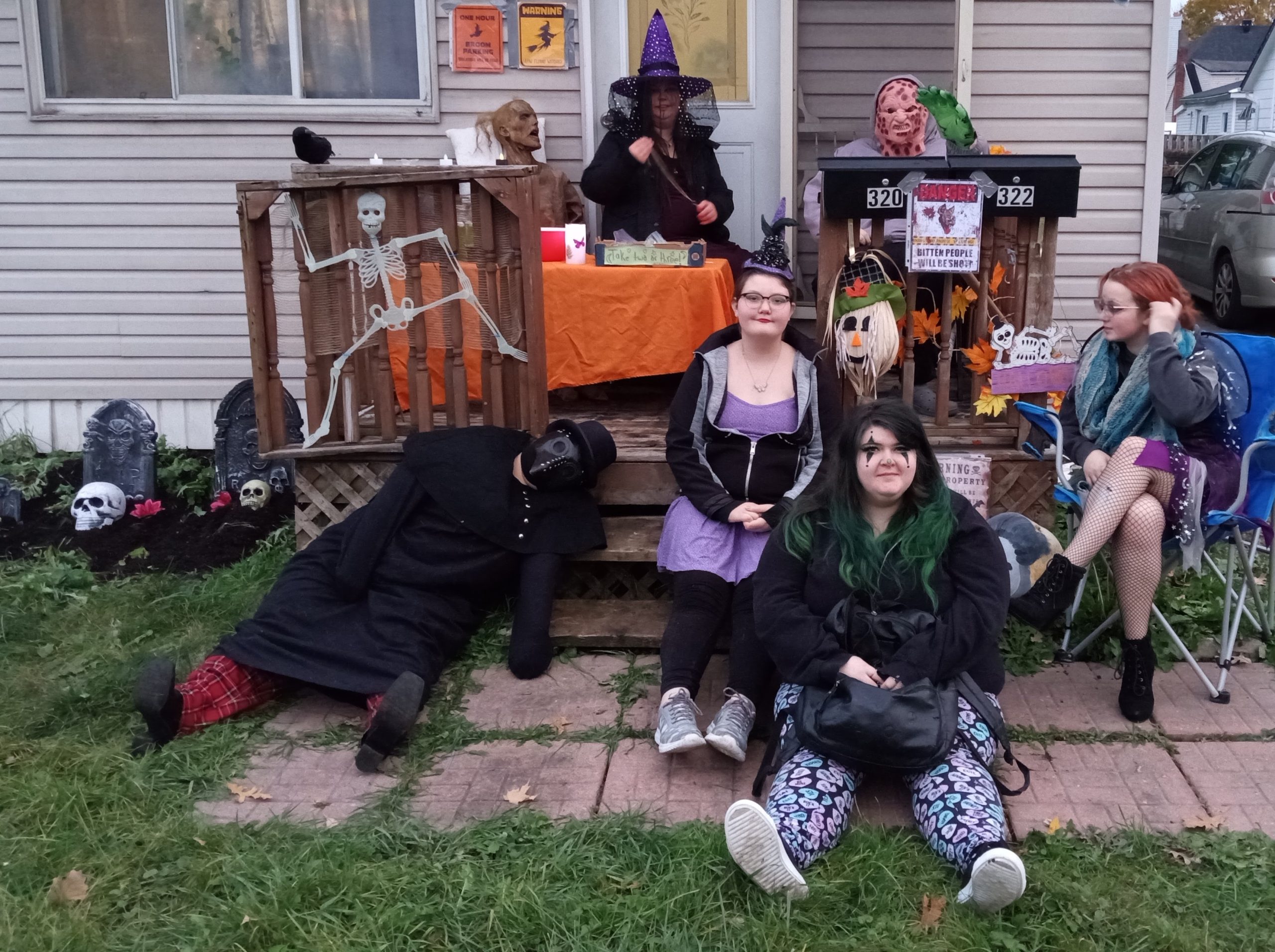The Celtic Origins of Halloween: Samhain and the Irish Connection: Tamsy Fae Edition
Sharing my insight as to why Halloween/Samhain is an important holiday for me in honour of my ancestors before me. Enjoy!
Halloween comes with its costumes, pumpkins, and spooky tales, and is a beloved holiday celebrated around the world whether you are a spiritual mystic or not! However, its origins are deeply rooted in the ancient Celtic culture of Ireland. In this blog, we’ll delve into the fascinating history of Halloween, known to the Celts as Samhain, and explore how the Irish Celts played a pivotal role in shaping this holiday as we know it today.
The Celtic Festival of Samhain
Samhain (pronounced “sow-in” or “sah-win”) was a significant Celtic festival celebrated by the ancient Irish Celts. It marked the end of the harvest season and the beginning of winter. Samhain fell on November 1st in the modern calendar, but the celebration actually began at sunset on October 31st. This date was considered a liminal or in-between time when the boundaries between the living and the spirit world were believed to be thin.
Key Aspects of Samhain that are true to my heart:
- Honouring Ancestors: One of the central elements of Samhain was the veneration of ancestors. The Celts believed that during this time, the spirits of deceased family members and ancestors returned to the mortal world. They set places at their tables for these spirits, left offerings of food and drink, and lit bonfires to guide the spirits back home. (My tradition is to serve them my favourite meal pizza with an apple dessert)
- Bonfires: Large bonfires were a prominent feature of Samhain celebrations. The word “Samhain” itself is believed to mean “summer’s end,” and these fires marked the transition from the warm season to the cold, dark winter. People would light fires on hilltops and sacred sites to both celebrate and protect against malevolent spirits. (Since we live in the city, I light candles),
- Costumes and Disguises: During Samhain, people would often wear masks or costumes, sometimes made from animal hides. This practice was believed to confuse and ward off evil spirits who might be wandering among the living. (we do not wear clothing made from animals just homemade or second-hand costumes).
- Divination: Samhain was a time for divination and seeking guidance from the spirit world. Various methods, such as scrying, apple bobbing, and other rituals, were used to gain insights into the future. (I give out candy and treats to children who come to my door and allow the parents to pull a card for a quick read or ask the spirits a question with my pendulum)
Incorporation of Celtic Traditions going into Halloween
As the centuries passed and Christianity spread throughout Ireland, Samhain began to merge with the Christian holiday of All Saints’ Day, celebrated on November 1st. The night before, October 31st, became known as All Hallows’ Eve, which later evolved into Halloween. Elements of Samhain, with its focus on the supernatural and the liminal space between worlds, influenced the development of Halloween customs and traditions. Here are some ways in which Samhain traditions were incorporated into Halloween:
- Costumes: The tradition of dressing up in costumes or disguises, rooted in Samhain’s practices, remains a cornerstone of Halloween.
- Jack-O’-Lanterns: The carving of pumpkins into Jack-O’-Lanterns, originally done with turnips in Ireland, is reminiscent of the lanterns and candles lit to guide spirits during Samhain.
- Trick-or-Treating: While the exact origins of trick-or-treating are debated, it’s believed to have connections to Samhain’s practice of offering food and drink to appease wandering spirits.
- Divination: Games like apple bobbing, which have ancient roots in divination practices, are still popular Halloween activities.

My offerings to the spirits and ancestors were a drink of apple cider wind with rosemary and thyme mixed in with a prayer to them and comments of gratitude for their spiritual guidance. I also gave a saucer of milk outside my front door as an offering to the cat Sìth, a faery creature that resembled a large black cat, who would bless any house that left a saucer of milk out for them. Learn more about faery on Samhain!
This is my Grandcat Salem! 👇💕

Halloween, as we celebrate it today, is a delightful fusion of ancient Celtic traditions and Christian influences. The rich tapestry of Irish Celtic culture, with its reverence for nature, the spirit world, and the changing seasons, has left an indelible mark on this beloved holiday. So, as you carve your pumpkins, wear your costumes, and celebrate the spooky and supernatural, remember the ancient Celts and the profound significance of Samhain in shaping Halloween’s enchanting traditions.
Thank you for reading, have a lovely day and let me know how you celebrated Oct 31/Nov 1st.

Be the first to leave a comment